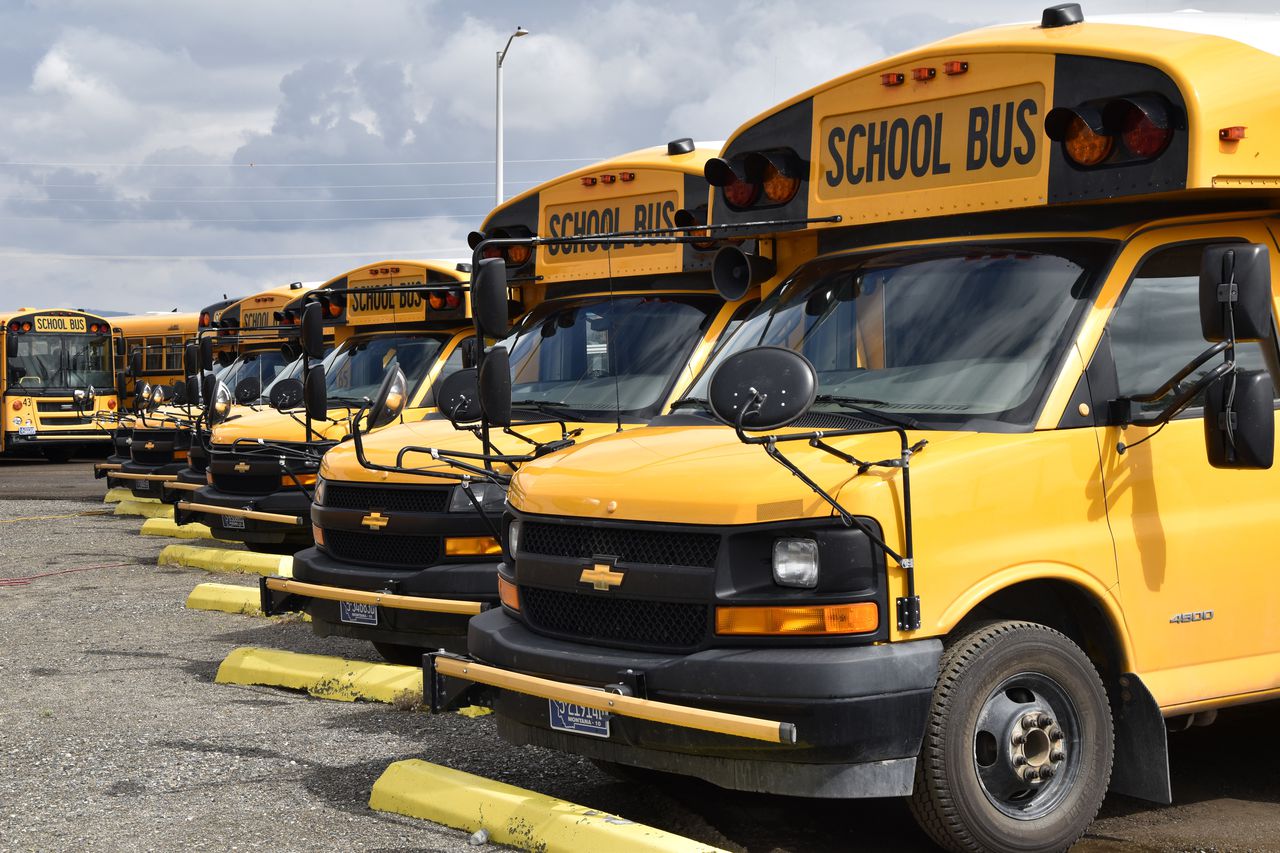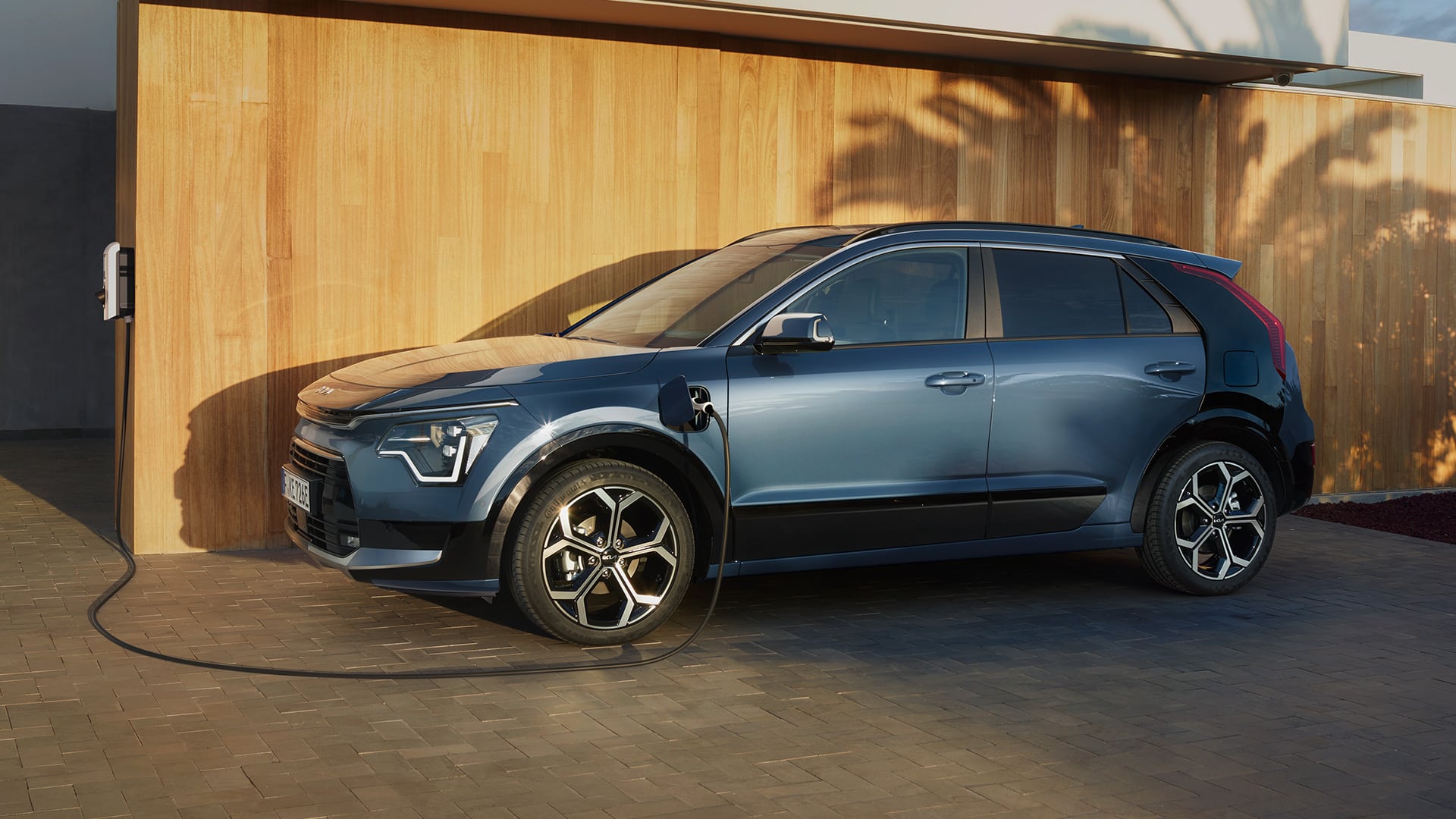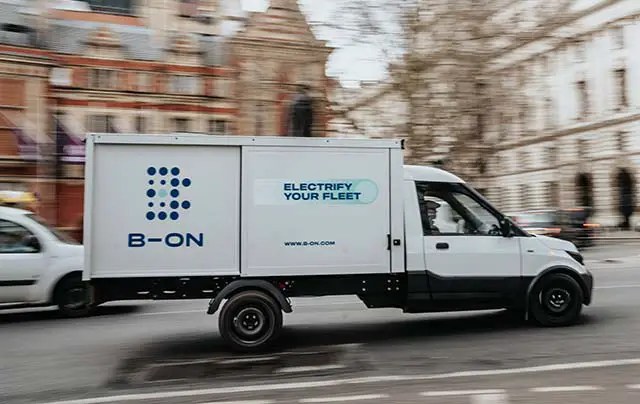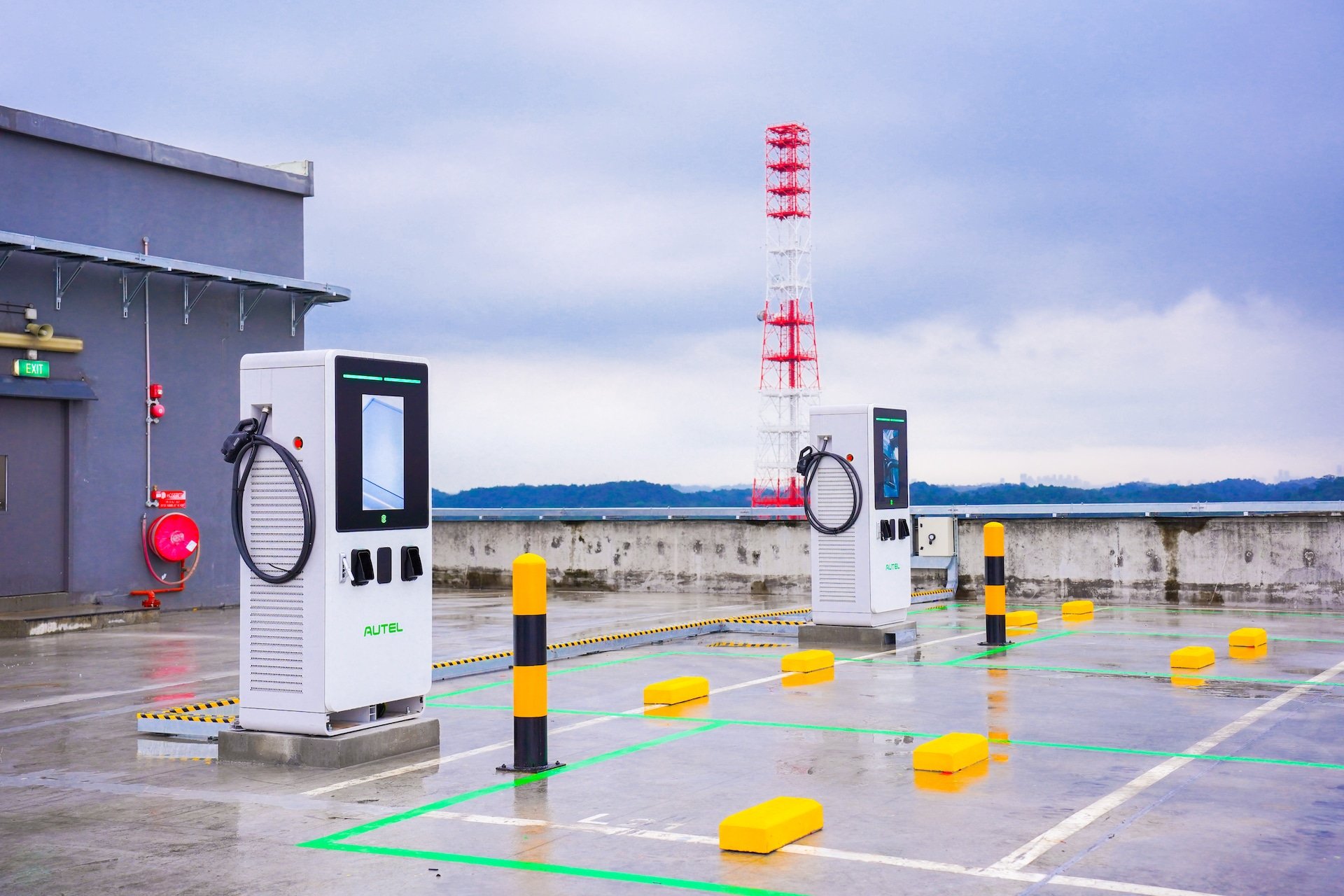School buses are a common sight on American roads, picking up over 25 million children each year and traveling around 5.7 billion miles. However, many of these buses are powered by diesel, which poses a serious health risk to students, drivers, staff, and communities they operate in. Exposure to diesel exhaust can cause asthma, heart attacks, strokes, cancer, and premature death.
To address this issue, the Environmental Protection Agency (EPA) has set aside funds to help school districts replace their fleets with cleaner alternatives. According to a new study published in Nature Sustainability, upgrading to electric or cleaner alternatives can bring additional benefits beyond producing zero emissions, including higher attendance rates.
The study analyzed EPA data and found that replacing outdated diesel buses with electric or cleaner options resulted in significantly higher attendance. The study estimates that over 350,000 additional student days of attendance were added in the school districts that won the EPA funding lottery. Additionally, there were six more students per day in attendance for every 10,000 students in the year after the lottery compared to districts that were not selected for funding.
The findings from the study are consistent with other data showing that cleaner or electric school buses can reduce lung inflammation in riders as well as lower communitywide hospitalizations due to bronchitis, asthma, and pneumonia in at-risk populations.
Dr. Lisa Patel, a member of the American Academy of Pediatrics Council on Environmental Health and Climate Change, commented on the study, saying “I think everybody recognizes that those fumes make people sick. This study drew a really clear line between exposure to that pollution and the impact on children.”
Researchers from the study estimate that replacing every school bus built before the year 2000 with an electric or cleaner option can add over 1.3 million attendance days in the US. With these benefits in mind, it’s clear that upgrading school buses to electric or cleaner options is not only good for the environment but also for the health and well-being of students and communities.







